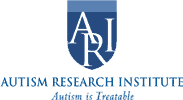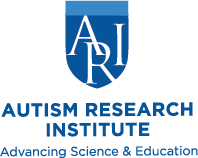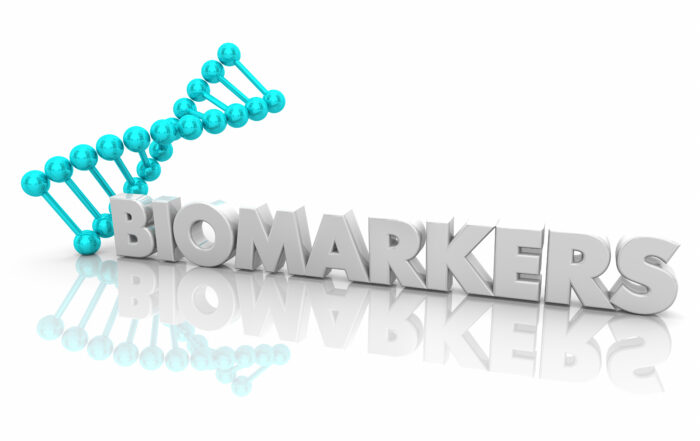Adults with autism exhibit less activity in a specific brain region during eye contact than neurotypical adults do, according to a new study. Joy Hirsch and colleagues used a noninvasive neuroimaging method called functional near-infrared spectroscopy to analyze the brain activity of pairs of adults, each including one participant with ASD and one neurotypical participant, during brief social interactions involving eye-to-eye contact. Overall, 17 adults and 19 neurotypical controls participated in the study.

The researchers found that when making eye contact, participants with ASD exhibited significantly reduced activity in a brain region called the dorsal parietal cortex compared to neurotypical controls. The more pronounced the overall social symptoms of ASD were, the less activity was seen in this brain region. Neural activity in this region was synchronous between neurotypical participants during eye-to-eye contact; however, this increase in neural coupling was not observed in ASD.
The researchers conclude, “The findings indicate that as categorized social ability decreases, neural responses to real eye contact in the right dorsal parietal region also decrease consistently with a neural correlate for social characteristics in ASD.”
—
“Neural correlates of eye contact and social function in autism spectrum disorder,” Joy Hirsch, Xian Zhang, J. Adam Noah, Swethasri Dravida, Adam Naples, Mark Tiede, and Julie M. Wolf, PLOS ONE, November 9, 2022 (free online). Address. Joy Hirsch, joy.hirsch@yale.edu.
—and—
“Autism research: understanding reluctance to make eye contact with others,” news release, Yale University, November 9, 2022.
This article originally appeared in Autism Research Review International, Vol. 36, No. 4, 2022
Biomarkers start telling us a story: Autism pathophysiology revisited
Learn about emerging research on biomarkers and autism from a recent ARI Research Grant recipient. This is a joint presentation with the World Autism Organisation. The presentation by Dr.
ARI’s Latest Accomplishments
Connecting investigators, professionals, parents, and autistic people worldwide is essential for effective advocacy. Throughout 2023, we continued our work offering focus on education while funding and support research on genetics, neurology, co-occurring medical
Editorial – Bernard Rimland’s Impact: Sixty Years Since the Publication of ‘Infantile Autism’
In this milestone year of 2024, the Autism Research Institute commemorates the 60th anniversary of Dr. Bernard Rimland’s groundbreaking work, Infantile Autism: The Syndrome and Its Implications for a Neural Theory of




